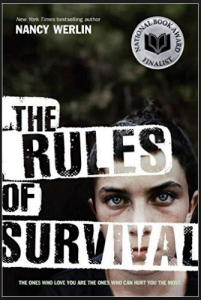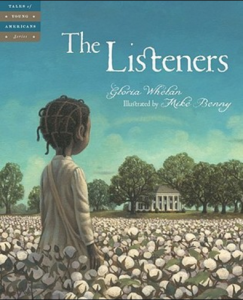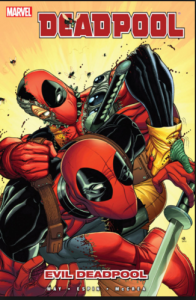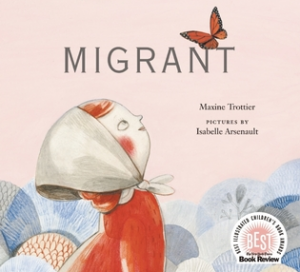Another Literary Analysis by Maya
Citation: Dixon, Dougal. The Big Book of Dinosaurs. London: Bison Books, 1989.
Reliability: I could tell this nonfiction book on dinosaurs by Dougal Dixon was reliable because the author has written about 25 books on fossils, geology, and dinosaurs, as well as some articles in encyclopedias . He got his education from the University of St. Andrews. He has been nominated for Hugo Award for Best Related Work and Locus Award for Best Non-Fiction.
Category: The Big Book of Dinosaurs follows an informational pattern. This nonfiction book tells all about dinosaurs and what species they evolved into. It explains the different species of dinosaurs and what life was like for them for the 170 million years they were on earth. The book is full of interesting facts about these reptiles along with over 160 photographs to go with them, which is why The Big Book of Dinosaurs is a great book to look in if you are a visual learner.
Short Annotation: Different species of dinosaurs are vividly explained in this book recommended for readers 7 and up.
Point of View: Third Person:
- “During the 150 million years or so that they existed, the dinosaurs evolved and changed.” (12)
- “The archosaurs into four main groups.” (23)
- “They faded away in the early part of the Jurassic period and their places were taken by the sauropods.” (30)
Tense: Past:
- “Camarasaurus was probably the most common of the late Jurassic tree eaters.” (33)
- “The largest was Triceratops, 30 feet (9 meters) long and weighing 6 tons.” (56)
- “Gallimimus was very similar to the other ostrich mimic dinosaurs, but was somewhat larger.” (74)
Literary Excellence:
- Appositives: “Take a look at the tropical rain forests, such as those of the Amazon basin, central Africa or the islands of the Far East.” (6)
- Alliteration: “…the almost continuous canopy of branches and leaves…” (6)
- “…or else decay into the soil of the forest floor where their substances are taken up and used by the trees once more.” (6)
- “Prosauropods probably lived mainly on all fours and only reached upwards while feeding, supported on sturdy hind legs and tail. (26)
- “The tail club consisted of a double knob…” (50)
- “…jutting forward and a smaller spike jutting back.” (51)
- “…different dinosaur groups actually lived un water.” (89)
- “…duckbilled dinosaur…” (73).
- “…where a broken bone had become” (78).
- “…wallowing about in warm shallow water, diving for waterweed…” (89).
- “…once thought that these animlas…” (90).
- “…modern monitor…” (100).
- Repetition:
- “But each time and in each area, each animal existed as part of an overall pattern.” (12).
- “…jutting forward and a smaller spike jutting” (51).
- “…enormous tyrannosaurid ” (85).
- Short Sentences: “It was a lizard eater” (64).
- “Certainly it was one of the last” (85).
- “The dinosaur world is full of puzzles like that” (88).
- “That is as good a theory as any” (94).
- “Who killed them?” (95).
Connection:
My connection to The Big Book of Dinosaurs is text to self because it reminds me of when my family and I took a road trip to Drumheller, Alberta, which is also known as the dinosaur capital of the world. My brothers, dad, and I got to visit places like the Royal Tyrell Museum of Palaeontology and see the World’s Largest Dinosaur. While in the museum, I remember seeing many fossils from different dinosaurs and other reptiles. On the way to our destination, we stopped in Revelstoke, Edmonton, Sprucegrove, Calgary, and Kamloops. On the way to Drumheller, we passed the Badlands and Hoo-doos in Alberta, which has soil from 70 million years ago. Some other tourist attractions we got to see were West Edmonton Mall, The Enchanted Forest, Radium Hotsprings, and Banff. I would’ve been 9 or 10 while on that trip but I still remember learning about these “terrible lizards” and what life would’ve been like then. It is fascinating that they were able to live on this planet for so long. The Big Book of Dinosaurs is a great place to look for information on these terrifying, but somehow beautiful, creatures which once roamed our planet.





